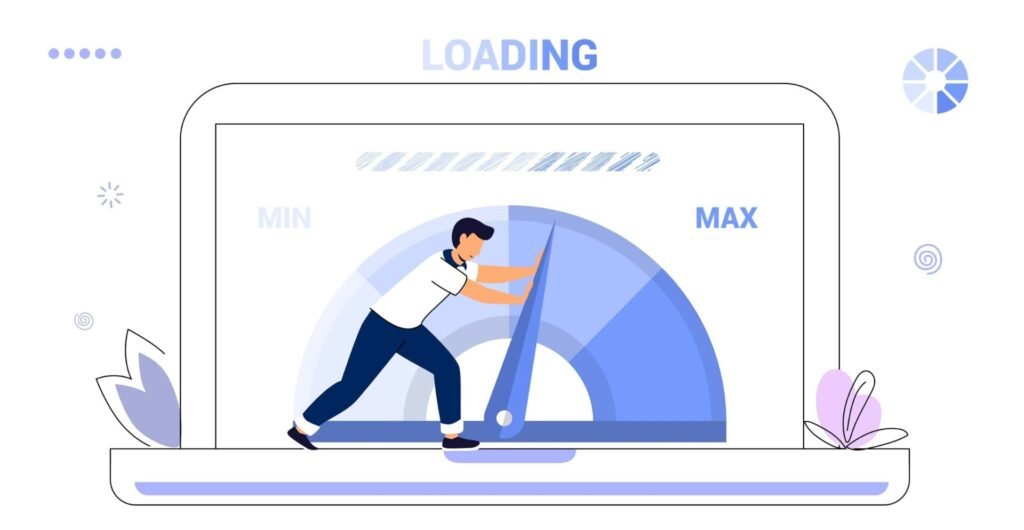We’ve all been there. You click a link, the page takes forever to load, and after a few seconds of glaring at the spinning wheel, you leave. Now imagine that’s your website.
Site speed doesn’t just affect user experience, but also everything from your search engine ranking to your sales. And if you’re still treating it like an afterthought, you’re basically sabotaging your online presence.
Let’s break down what site speed really means, why it’s a big deal, and how you can fix it before your visitors bounce.
What Is Site Speed?
Site speed refers to how quickly your website loads and becomes interactive when someone visits it.
It’s often measured in:
- Time to First Byte (TTFB), showing how long it takes for your server to respond.
- First Contentful Paint (FCP), which measures how quickly the first bit of content becomes visible.
- Largest Contentful Paint (LCP), showing when the largest element finishes loading.
- Time to Interactive (TTI), showing when users can actually interact with your site.
In simpler terms, it’s how fast your site shows up and works. Every millisecond counts.
Shorter User Attention Spans
People aren’t patient. If your page doesn’t load in 3 seconds max, they’re gone. One study found that bounce rates increase by 32% when load times go from 1 to 3 seconds. And by 5 seconds, it jumps up to 90%.
And once they leave, they’re not likely to come back – especially if your competitor’s site loads faster.
Search Engines Care About Speed
In 2021, Google officially rolled out Core Web Vitals as a ranking factor. And while the algorithm changes constantly, one thing remains true: Google favors fast websites.
Slow sites are unattractive as they:
- Get crawled less often
- Might not even appear in mobile-first indexing
- Tend to rank lower
So, your site speed directly affects how many people can find you. If none of them can, you might as well stop operating altogether.
Conversion Rates Are Affected
Let’s say your website does show up on the first page of Google. That’s one win. But if it takes 6 seconds to load, all that SEO work goes down the drain.
Every delay in loading:
- Hurts your lead generation form conversions
- Loses sales in e-commerce carts
- Frustrates mobile users, who now make up the majority of web traffic, by the way
For small businesses, the consequences are even more brutal. Every second lost could mean a lead lost.
Brand Perception Impact
Site speed doesn’t just affect numbers, but it also affects how people see you.
If your site is slow, you:
- Look outdated
- Feel untrustworthy
- Get visitors who question the professionalism of your business.
A fast site, on the other hand, feels modern, reliable, and safe. Even subconsciously, people equate speed with legitimacy.
How to Improve Your Site Speed
Improving site speed doesn’t have to mean a full site rebuild. In fact, a skilled digital marketing agency can help you with the technicalities and process of improving your site speed in case you’re struggling with it.
Start with these:
- Compress and resize images
- Optimize code by removing unnecessary characters
- Implement caching
- Use a CDN (Content Delivery Network)
The process may be a bit complex, so working with an experienced and renowned agency, such as NP Digital, can really ease things.

